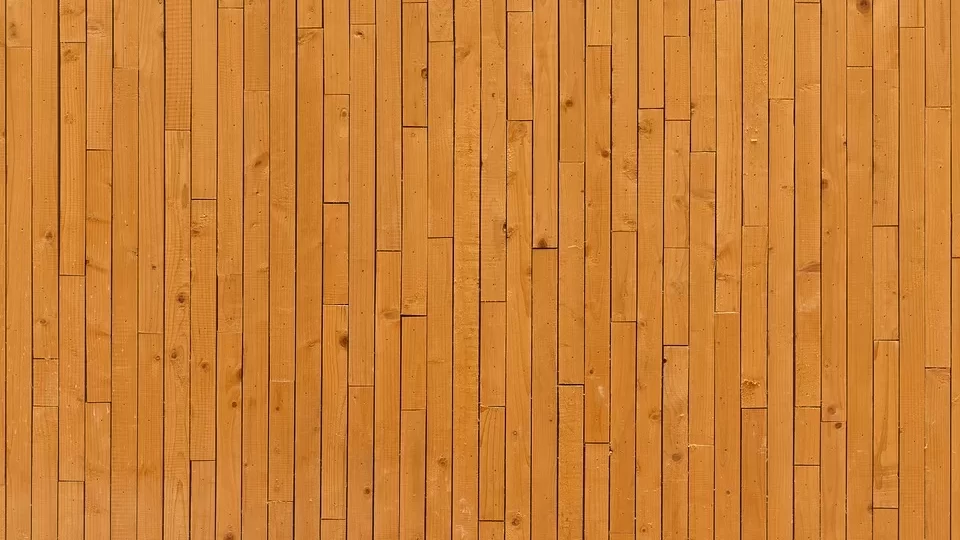
If you have taken more than a casual look into vertical jump training you have no doubt heard the term “fast twitch muscle fibers”. The basic theory is that people with great vertical jumps have a higher percentage of fast twitch muscle fibers than those that don’t. For whatever reason, nature has blessed great leapers in this way.
When you see someone with great hops it is normal to assume they were born that way. However, it is just as likely that you just weren’t around to see them doing the requisite training to get those hops. So if you weren’t so lucky as to be born a great leaper, don’t give up hope. There are ways to train the fast twitch muscle fibers you do have. But first, let’s get a little background on the different types of muscle fibers and their roles in jumping.
Basic Muscle Types
First are the Type I or “slow twitch fibers”. As their name implies, these fibers are slow to contract. They also have the ability to remain contracted for long periods of time. This suits them perfectly for endurance types of events but unfortunately they don’t produce the kind of slow-lived explosive contractions that jumping requires.
Next are the Type IIa fast twitch fibers. These are indeed ‘fast twitch fibers’ because they contract faster than slow twitch fibers. They also produce more force but fatigue more quickly than slow twitch fibers. However, they don’t contract as quickly nor as forcibly as do the Type IIb fibers discussed below.
Third are the Type IIb fast twitch fibers. They contract more quickly than Type I and Type IIa fiber and also generate more power. They also fatigue the mostly quickly of the 3 types. Type IIb fibers have the characteristics most suited to leaping; a strong burst of power over a short period of time. These are the fibers you body calls on primarily for jumping with, to a lesser extent, the help of the Type IIa fibers. Thus, the Type IIb fibers are the kind your vertical jump training should focus on.
Training fast Twitch Muscle Fibers
There are differing schools of thought on the optimal way to train fast twitch muscle fibers. It is beyond the scope of this article to discuss them all or specific exercises. However, the general consensus is that a combination of strength training (weights), speed training and flexibility training provides for optimal results. If you include the following components in your training routine, you will be certain to stimulate your fast twitch muscles fibers to contract more quickly and more powerfully helping you to become a more explosive leaper.
Weight Training
The mechanics of jumping are simple and well known. The bottom line is you need legs that amount to powerful, coiled springs. That means you need legs with explosive muscle fibers and the ability to shorten and stretch them dynamically. Proper weight training techniques can focus on developing power and quickness in the fast twitch muscles of your legs. However, your weight training should not stop there. The act of leaping involves the entire body. Upper body strength is also important for creating the upward momentum necessary for a good leap. Some research has shown that the arms contribute on average 10% to takeoff velocity during a jump.
Many recommend a combination of dynamic weight training and plyometrics. A good example of a dynamic weight training exercise is the jump squat. Lighter loads (30% of your one max rep) are recommended and the resistance is accelerated explosively through the full range of motion. Olympic lifts such as power cleans, the snatch and the clean and jerk are all dynamic weight training exercises that focus on and recruit new fast twitch fibers. Indeed, to perform these lifts successfully requires a great deal of speed. As the athlete develops more strength they are simultaneously decreasing their muscle reaction time. Dynamic weight training can have a powerful effect on your jumping ability. However, be aware that many dynamic weight training exercise can be complex and require great attention to proper technique as well as proper coaching.
speed Training
A critical part of speed training is a discipline called ‘over speed training’. Over speed training is where an athlete moves their body or parts of their body at speeds higher than normally seen during competition. Over speed workouts require athletes to run or move typically 10% faster than they are capable of without assistance. This is typically accomplished with the aid of a partner who pulls you along with elastic bands or simply by running downhill. Such workout exceeds the muscles natural limitations and stimulates fast twitch muscles and will even recruit new fast twitch fiber within the same muscle groups.
Progressive over speed training combined with standard speed training exercises such as burst sprints, jumping rope, etc. has been proven to stimulate fast twitch muscle response and coordination.
Flexibility Training
Proper flexibility has long been known to be a critical part of developing a great vertical leap. There are actually two types of flexibility, static and dynamic. Static flexibility is the type of flexibility seen when a dancer places their leg on the bar and holds it there. The muscles being stretched remained stretched and relaxed. In contrast, dynamic flexibility is seen when a muscle is allows to quickly stretch beyond the normal limit of static flexibility and then snap back, as when performing a high kick. These different types of flexibility are actually two separate abilities.
For purposes of vertical jump training, flexibility is important in order to place body segments in the optimal position to produce maximum force and to allow the joints to move freely and quickly. Thus, dynamic flexibility is more desirable especially for leaping sports. Indeed, one can have too much static flexibility where a muscle is so relaxed through its range of motion will not spring back powerfully. Your muscles act like rubber bands to facilitate jumping. Having said that, a proper amount of static flexibility is still necessary, even essential in injury prevention.
Conclusion
In order to train and recruit the most Type II muscle fibers, your vertical jump training program should include all three of the components discussed above. While you may see benefits from training within only one area, research has shown that maximum benefits result from a well designed combined program. You can learn more about these various vertical jump training techniques on the Get More Hops! blog.
Twitch
#Vertical #Jump #Training #Role #fast #Twitch #Muscles
Post byBedewy for info askme VISIT GAHZLY



